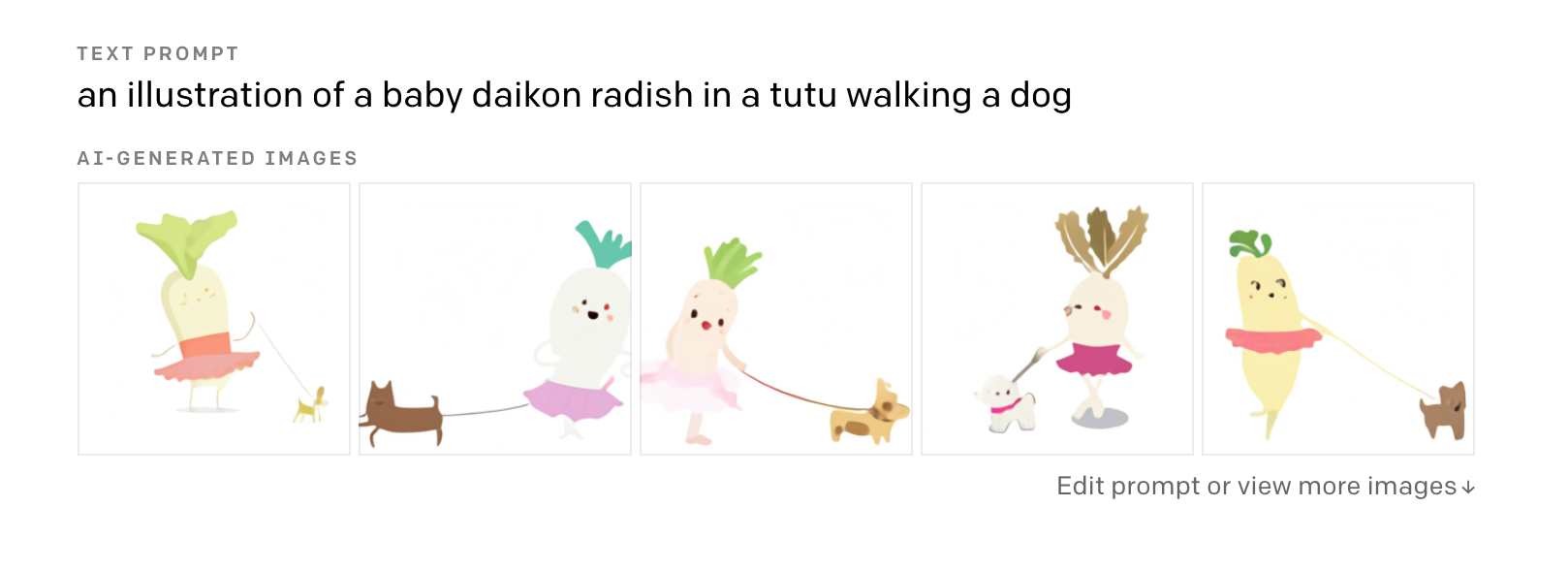Model, Perception
At its core, Facet is a vehicle for empowering professional creatives to engage directly with fundamental AI research. Ongoing technical advances in AI are a driving force for higher-level human⇄machine empathy:
- better computer vision algorithms means
- → better machine understanding of the world, means
- → more human⇄machine empathy, means
- → better creative tools.
A major factor in our decision to start Facet was the sense that, even if the deep well of progress in computer vision or computer graphics research were to mysteriously dry up, there were still enough crazy advances in the fundamental technology that were not yet making it into the hands of creative professionals and artists.

So what does Facet look like in 5 years?
This is an awesome question- the biggest trend we’re watching is the growing confluence between graphics/rendering pipelines and computer vision algorithms.
Graphics and vision are basically inverses of each other: model→perception vs perception→model. Photo and video editing software closes this loop, but historically has used very, very simple perceptual models.
We want to build UI hooks into these models all the way to the emotional level—how does this image make you feel? If we wanted that feeling to be different, what should we change?
And performance is the key here because graphics and vision, two inverse states, must happen simultaneously for creative work. From the model to your eyes and back.
Facet today is sort of a weird design tool in that you don’t start from a blank canvas, you start from an existing image. Most other design tools, e.g. vector tools like Figma, or 3d tools like Blender, start from a blank canvas. They are additive. With photo editing, you start from an existing image or set of images and need to evolve it towards your ideal.
What we think is going to fundamentally change in the next 5 years, is that photorealistic editors like Facet are going to become more like blank slate design tools that you then give art-direction to: “start with a dark street corner”, “make the buildings more menacing”, “add a shivering, big-eyed kitten”, “make the kitten smaller”, etc. You can see this already sort of playing out with OpenAI’s DALL·E.

Aside from improving visual fidelity and resolution, the biggest thing that is missing from this research today is fundamental, new UX work that involves the artist directly in the AI-powered synthesis (think: AI-dungeon, except it’s photo editing ).
Finding ways to make the 50-100 million tiny sliders that power deep learning models intuitive and accessible to artists is our top priority over the next few years. My co-founder Matt spent time at Adobe Research and at Pixar and saw what this entails up close, and sufficed to say I think we have a ton of great ideas :)

We don't aim to completely replace Photoshop—there are many, many products packed in there—but for certain high volume / multi-image workflows, or cases where multiple creative directions are required, we think we're pretty competitive.
We're really excited about the creative->API bridge machinery (Facet "patterns") we're building—it fills a pretty big gap for folks in brand marketing and e-commerce.
With Facet, the core product thesis is simple:
- every company is a story telling company
- every company uses images to tell stories
- we help engineer photorealistic imagery at scale, through assistive creative tools.
We are making AI-powered workflows more legible to visual creatives of all kinds, prioritizing their exploratory potential and facilitating a future of more direct and accessible human⇄machine collaboration.
But there’s still more to explore, and more ways professional creatives can benefit. What these computers don’t yet have is humanity in that instrument: the ability to work in tune with us rather than “mindlessly” for us. The artist’s idea is there – as original and fully formed as it always was – but the tool for creating it is being improved. Facet is helping artists close the gap between intention and realization, between vision and articulation.
Finally, I'll leave you with a parting note from John Carmack, legendary developer of many high-performance rendering engines (now, unsurprisingly, turning towards AI)—Turing complete creative spaces:
It is interesting how the creative space of Wolf3D hit a very solid wall, but the modest step to Minecraft becomes basically unbounded. Doom was probably also unbounded in a different way. Akin to a Turing complete creative space.
— John Carmack (@ID_AA_Carmack) January 29, 2021
What happens when we marry the representational power of computation with the untapped potential for human creativity?
Title credit: Ruben Tresserras #madewithfacet